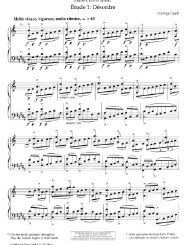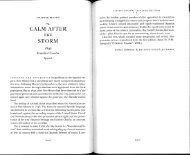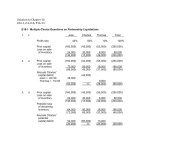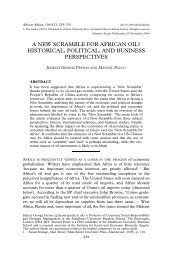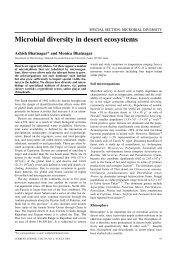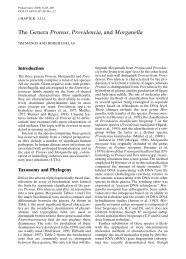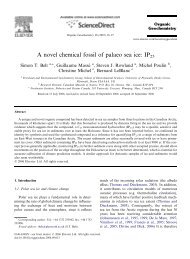Analysis by Key: Another Look at Modulation
Analysis by Key: Another Look at Modulation
Analysis by Key: Another Look at Modulation
Create successful ePaper yourself
Turn your PDF publications into a flip-book with our unique Google optimized e-Paper software.
CARI SCHACHTER<br />
of modul<strong>at</strong>ion and to see how far a gre<strong>at</strong>er emphasis on key change can be<br />
incorpor<strong>at</strong>ed into a monotonal approach like Schenker's. Th<strong>at</strong> hearing<br />
modul<strong>at</strong>ions belongs to our moment-<strong>by</strong>-moment experience of tonal music is so<br />
obvious as to need no comment. But a deep and intense hearing of music cannot<br />
be only from a moment-<strong>by</strong>-moment perspective, and existing conceptions of<br />
modul<strong>at</strong>ion have surely not done justice to the piece of music as a 'com-position'<br />
- something put together to form a unity.<br />
The Tonic as Centre<br />
8 " 8<br />
To hear something in a key, we have to be aware of a tonic note, a pitch th<strong>at</strong><br />
functions as a centre of orient<strong>at</strong>ion to which, directly or indirectly, we rel<strong>at</strong>e all<br />
the other pitches . The inference of a tonal centre can result from several factors,<br />
singly or in combin<strong>at</strong>ion. One factor, mentioned <strong>by</strong> a host of authors including<br />
Schenker, is the presence of a diminished fifth or tritone between 7 and 4,<br />
expressed either simultaneously (as in a V7 chord) or in succession (as in a<br />
progression of IV or II tO v).2 This diminished fifth is indigenous to major and<br />
must be imported into minor to offset th<strong>at</strong> mode's tendency to gravit<strong>at</strong>e to its<br />
third scale ste?, a tebndency produced <strong>by</strong> minor's own indigenous diminished<br />
fifth between 2 and 6. It is easy to hear how the diminished fifth clinches the<br />
key in b. 3 of the C major Prelude from Bach's WTC I (Ex. 1).<br />
Ex. 1 Bach: WTC I, Prelude I, bs 1-4<br />
+ 11 - 8 8 1<br />
Of course our awareness of the tonic cannot come from a disembodied<br />
diminished fifth; we must hear it in a context th<strong>at</strong> includes other pitches as well.<br />
In the Bach excerpt, all of the notes of the C major scale appear <strong>by</strong> b.3; in<br />
addition, b. 1 contains the tonic triad. Beginning with tonic harmony, though it<br />
is the norm, is <strong>by</strong> no means a prerequisite to our immedi<strong>at</strong>e feeling for the key.<br />
Chopin's Prelude Op.28, No. 18 sounds unmistakably in F minor <strong>at</strong> least from<br />
the end of b. 1, though a stable tonic chord does not appear until the very end of<br />
the piece. The dominant ninth, with its tritone Bb-E, loc<strong>at</strong>es F as the tonic pitch<br />
(although the only Fs in the cit<strong>at</strong>ion are passing notes), and the emphasized DS s<br />
suggest - even in the absence of Ab- th<strong>at</strong> this F is going to be minor (Ex. 2).<br />
Tonal music's power to cre<strong>at</strong>e a sense of future through the specificity of the<br />
. .<br />
expect<strong>at</strong>lons lt can arouse has no parallel in any other kind of music of which I<br />
am aware; th<strong>at</strong> its signals are <strong>at</strong> least as often contradicted as they are confirmed<br />
290 MUSIC ANALYSIS 6: 3, 1987<br />
5th





